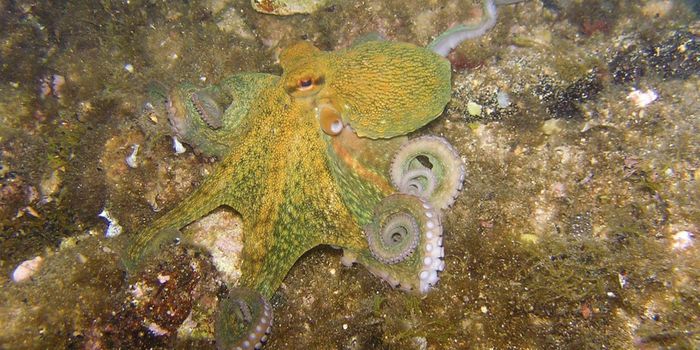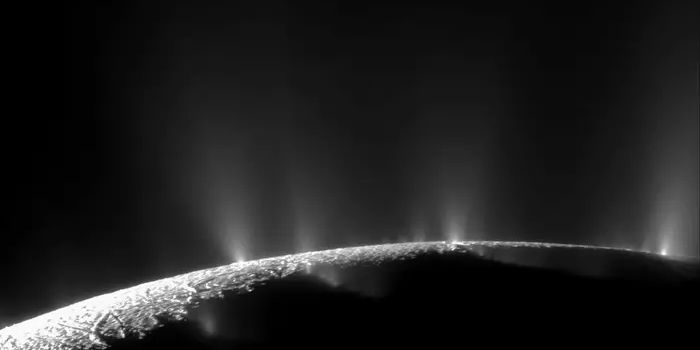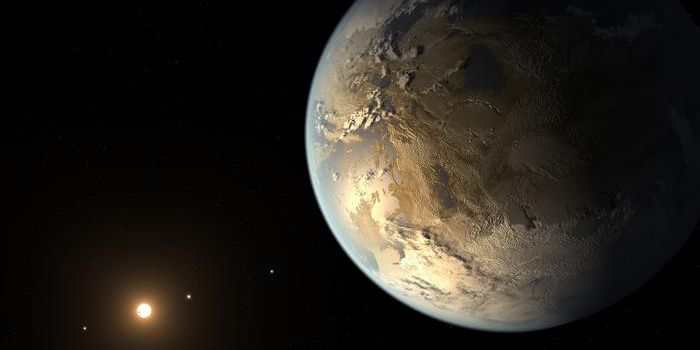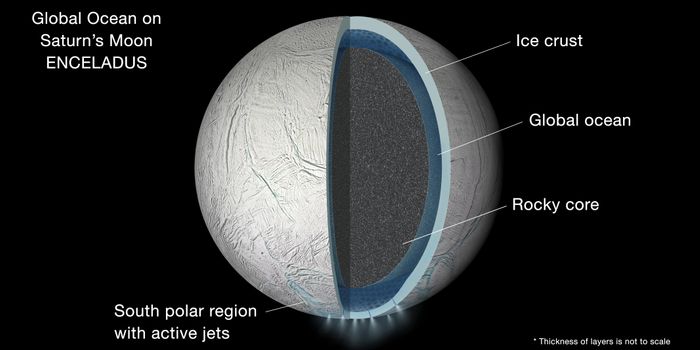On Mars, the Perseverance Rover is Set to Acquire Its First Sample
Some of the special features of NASA's Perseverance Rover involve performing some scientific experiments. One of its missions is to try to find evidence of microbial life that may have once existed on Mars. As a first step, it has to collect a sample of Martian rock and perform a geological analysis. Future missions will hopefully transport that material back to Earth as well.
Perseverance touched down on the Red Planet on February 18, 2021, in Jezero Crater. On June 1, it started to explore a 1.5-square-mile (4-square-kilometer) area in the crater that scientists suspect contains exposed bedrock, some of which may be Mars' oldest. Perseverance will focus on an area called the "Cratered Floor Fractured Rough."
It will take Perseverance much longer to gather a sample than Neil Armstrong did; when he walked on the Moon, he spent a little over three and a half minutes picking up the first Moon sample. The rover is expected to take about eleven days to take its first sample, because it has to get the instructions from Earth, hundreds of millions of miles away.
Perseverance will use the Sampling and Caching System to retrieve the sample by drilling into the planet's surface. It will be collected in a coring bit, and images will be taken so the NASA team knows exactly where the location is taken. A second sample will be taken from a different place in the same general area.
The researchers want to get a "geological twin" sample so a detailed examination will take place on site. "On the geologic double, first we use an abrading bit to scrape off the top layers of rock and dust to expose fresh, unweathered surfaces, blow it clean with our Gas Dust Removal Tool, and then get up close and personal with our turret-mounted proximity science instruments SHERLOC [Scanning Habitable Environments with Raman & Luminescence for Organics & Chemicals], PIXL [Planetary Instrument for X-ray Lithochemistry], and WATSON [Wide Angle Topographic Sensor for Operations and eNgineering]," said science campaign co-lead Vivian Sun, from NASA's Jet Propulsion Laboratory in Southern California.
"Not every sample Perseverance is collecting will be done in the quest for ancient life, and we don't expect this first sample to provide definitive proof one way or the other," noted Perseverance project scientist Ken Farley of Caltech.
The researchers expect that this work will tell us more about the geology of Mars.
"While the rocks located in this geologic unit are not great time capsules for organics, we believe they have been around since the formation of Jezero Crater and incredibly valuable to fill gaps in our geologic understanding of this region, things we'll desperately need to know if we find life once existed on Mars," added Farley.









